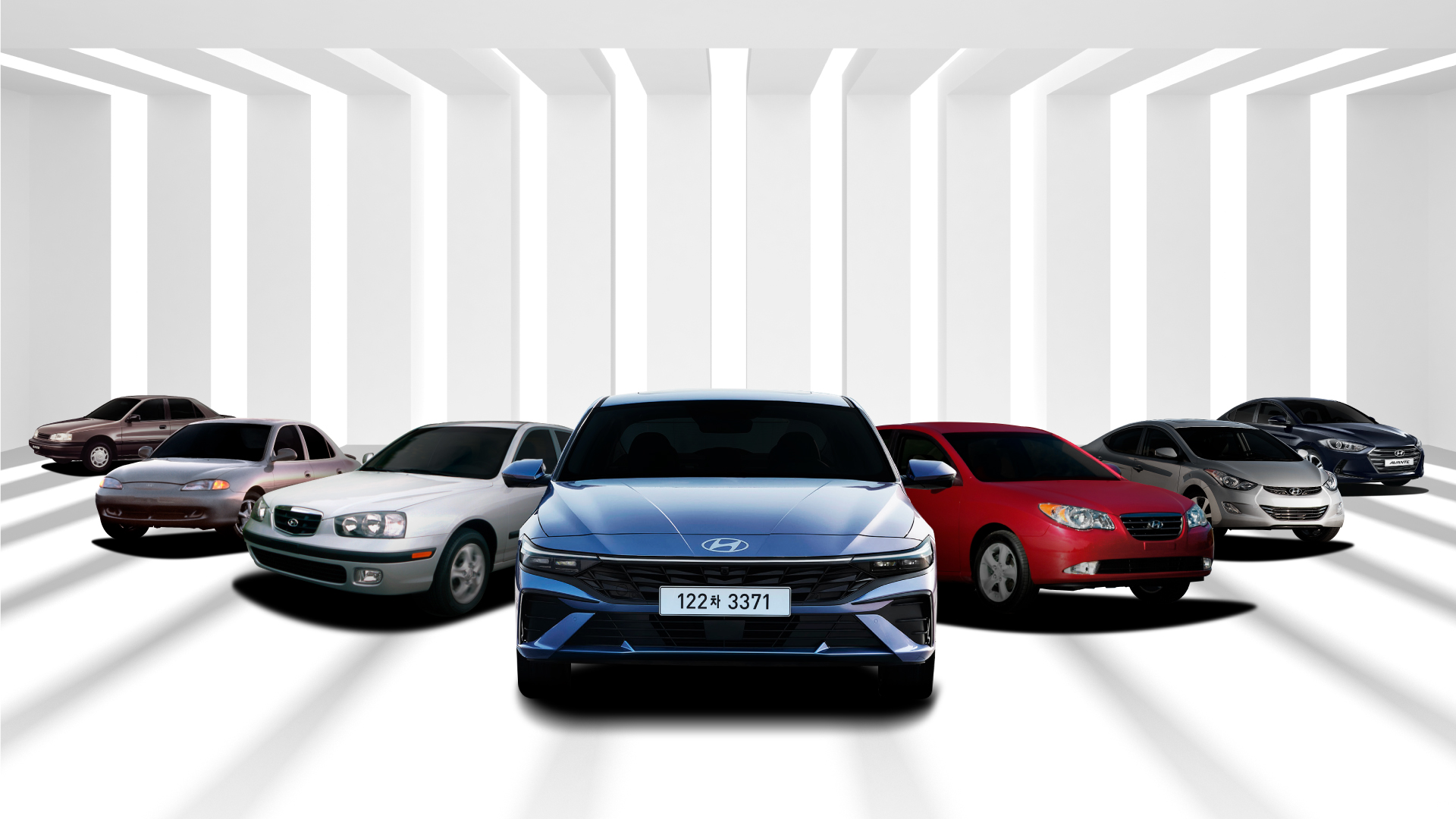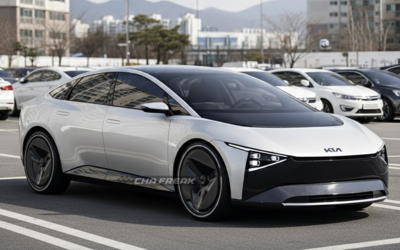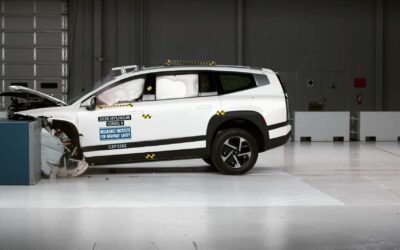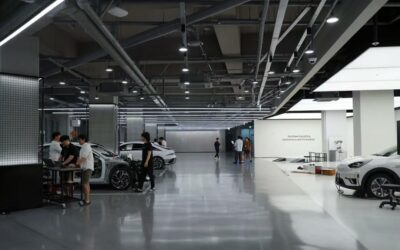Since its global debut in 1990, the Hyundai Elantra has been one of the brand’s most successful nameplates, symbolizing Hyundai’s shift from a value-oriented automaker to a serious global contender. Known for its balance of affordability, efficiency, and design innovation, the Elantra became a cornerstone in Hyundai’s lineup.
However, what many don’t know is that the name “Elantra” didn’t appear everywhere. In fact, for much of its early history, Hyundai’s compact sedan was sold under different names depending on the region — most notably as “Avante” in South Korea and “Lantra” in Europe.
Why the Elantra Was Called “Avante” in Korea
When Hyundai prepared to launch the Elantra in its home market, it faced a challenge from Germany’s Audi. The German automaker objected to the use of “Elantra” domestically because the Korean name “Avante” (which Hyundai initially wanted to use globally) sounded too similar to Audi’s “Avant”, a term it uses for its station wagon and estate models.
Since Audi held rights to the “Avant” name in Europe, Hyundai decided to reserve “Avante” for the Korean domestic market only. This ensured that there was no legal overlap or consumer confusion between Audi’s “Avant” and Hyundai’s compact sedan.
As a result, the car that Koreans knew as the Hyundai Avante became the Hyundai Elantra everywhere else — or at least, almost everywhere else.
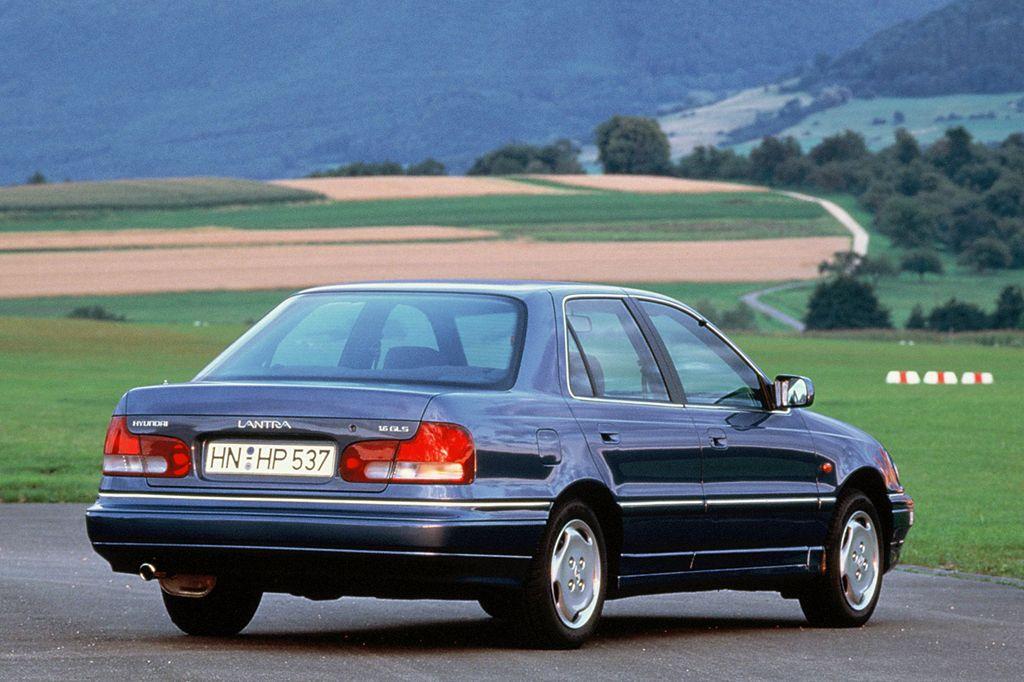
Why It Was Named “Lantra” in Europe
In the early 1990s, Hyundai planned to launch the Elantra across European markets, but yet another naming conflict emerged. This time, several automakers raised objections:
- Mitsubishi Motors Australia argued that “Elantra” was too close to “Elante,” a trim level previously used on the 1991 Magna sedan.
- British Lotus Cars and Kia Motors both claimed that “Elantra” resembled the Lotus Elan and its Kia counterpart, the Kia Elan.
To avoid legal disputes and market confusion, Hyundai rebranded the Elantra as the Hyundai Lantra (dropping the “E”) across most of Europe, the UK, and Australia.
The “Lantra” name persisted for nearly a decade, until 2001, when both the Lotus Elan and Mitsubishi Elante had ceased production. With the naming conflicts resolved, Hyundai unified its global branding under a single, recognizable name — Elantra.
Global Naming Unification in 2001
By 2001, the world had grown more familiar with Hyundai’s growing presence, and the company sought to consolidate its identity across international markets. With prior name conflicts no longer relevant and the Audi Avant still in production (blocking “Avante” in Europe), Hyundai decided to make Elantra its official global nameplate outside Korea.
Meanwhile, “Avante” remained the standard name in South Korea — a tradition that continues today.

A Legacy of Adaptation and Global Identity
The Hyundai Elantra’s naming journey illustrates the complexities of global branding in the automotive industry. Each variation — Elantra, Lantra, and Avante — represents Hyundai’s adaptability in navigating trademark laws, market sensitivities, and linguistic nuances.
Today, the Elantra (Avante in Korea) stands as one of Hyundai’s longest-running and most recognized models, blending global appeal with local identity, while it prepares to receive its 8th generation model set to debut in September 2026.

